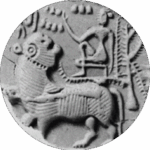Evening discussion of some ideas of Buddhism
On those occasions at the end of dharma talks or lectures, when the teacher asks whether we have any questions, I can never think of anything to say. But we have four Buddhist monks staying with us and some questions … Continue reading →
